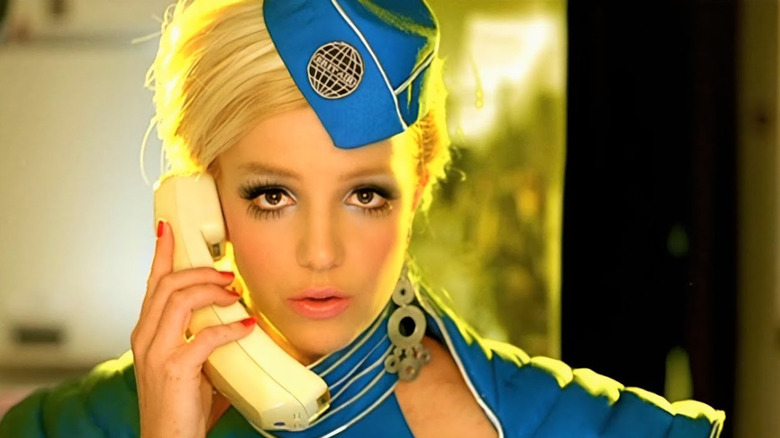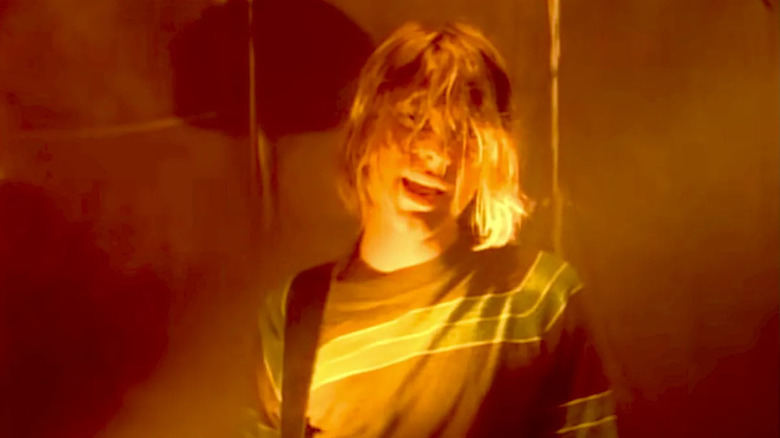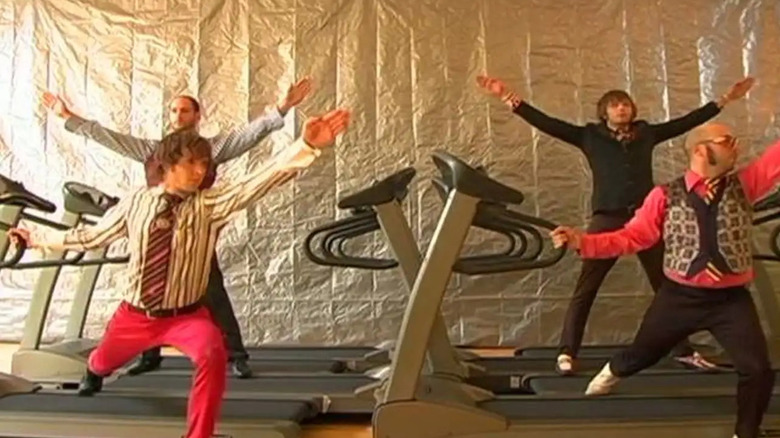On August 1, 1981, a new cable television station calling itself MTV (which stood for Music TeleVision) debuted, playing its first-ever music video: the Buggles’ “Video Killed the Radio Star.” The bold choice of song proved quite prophetic, as did the network’s ID animation depicting an astronaut planting an MTV flag on the moon. Over the next 20 years, the channel dominated popular culture and had a major impact on the music industry. The concept of MTV was unique at the time, but in retrospect, it seems simply natural. It avoided the live performances that musicians had been performing as part of variety shows since the days of Ed Sullivan and instead played studio-recorded album tracks from the artists along with visual accompaniment. Network executive Robert W. Bateman had already experimented with the format in the late 1970s with a local show in New York City called “Album Tracks,” as had former Monkees member Michael Nesmith with a series he called “PopClips” (which ran for only one season in 1980).
However, MTV ended up going far beyond the simple idea of catering to young people by essentially turning radio into television. It has become a creative breeding ground for everything from new and established musicians to up-and-coming filmmakers, and has even pioneered some television trends of its own. After 44 years, MTV is shutting down all of its music video channels across Europe, leaving only the main channel to broadcast (according to BBC). The main channel barely shows videos these days, having abandoned them in favor of reality TV long ago. Considering that the same thing happened to the channel domestically, it can truly be said that MTV, as it once was, is officially dead…and there’s no doubt that popular culture is the worst for its loss.
MTV used to be an important part of the arts ecosystem
MTV certainly had a lot of problems. It helped birth reality television with “The Real World,” reinforced bad stereotypes with “16 and Pregnant,” and has had numerous problems with censorship and discrimination by omission. Even when the channel pretended to be advocating for equality (see: the cultural hoax that is “Total Request Live”), it was actually only serving the status quo. However, at its best, the channel manages to be admirably diverse and innovative, if for no better reason than that its 24-hour broadcast window requires constant programming. It’s important to note that the station’s primary innovation, the music video, is no small feat in and of itself. What we now take for granted as standard practice is largely thanks to MTV turning the music video into an enterprise, allowing it to become an important part of the artistic ecosystem.
When it comes to diversifying and expanding your artistic knowledge, there’s never been a one-stop shop, but channels like MTV (again, at its peak) have provided a great starting point. In addition to introducing audiences to artists they may have never heard of before, the station has allowed well-known names such as Michael Jackson, Madonna, It’s strange that the Yankovics would experiment with the format And their own image. The massive visibility of music videos as a medium has also attracted big-name filmmakers and promising talent behind the camera. In addition to people like Ridley Scott, William Friedkin, and Paul Thomas Anderson directing music videos, the medium has launched the careers of major directors like Spike Jonze, David Fincher, Michel Gondry, and Russell Mulcahy, And Daniels. Although music videos are still a way for an emerging artist to experiment and get work, their relatively small exposure means that they are not a viable medium anymore.
The death of MTV is another byproduct of the erosion of expertise and organization
On the surface, it seems odd to lament the passing of MTV, since the entire world of music videos, old and new, is at our fingertips. This is a blessing in the general sense. (Take a backseat, Carson Daly; now I can play a Pulp video whenever I want!) However, a lack of organization and the erosion of expertise plagues every aspect of art today. Algorithms only feed us things that are related to what we are already watching or listening to. The element of discovery is now almost gone. The old ways of radio and TV have also been cut short by corporate interests, while the algorithms on YouTube, Spotify, etc. keep you in the same bubble. Choice is a powerful thing, but everyone has their limits, and having complete control over how much you eat can keep you in the dark.
This has severely damaged the music industry, which previously thrived on supply and availability. Don’t bother highlighting MTV’s animation channel (with “Liquid Television” and… “Beavis & Butthead” became a watershed act in that medium); Now, mainstream musicians have to fight to be heard and seen, literally, with social media being their last resort. Sure, you can release an album yourself on Apple Music or upload a video to YouTube, but will anyone even know it exists? The powers that be have decided they can make billions by overpricing concert tickets and selling 12 different limited editions of the same star’s album. For those of us who watch music television to see and hear something new, it’s enough to make you cry, “I want my MTV!” Maybe one day, deep in space, the Moon Man will hear us.
Source link
https://www.slashfilm.com/img/gallery/mtv-as-it-once-was-is-officially-dead-and-pop-culture-is-worse-for-it/l-intro-1760388934.jpg


